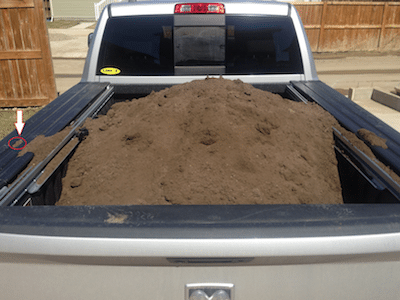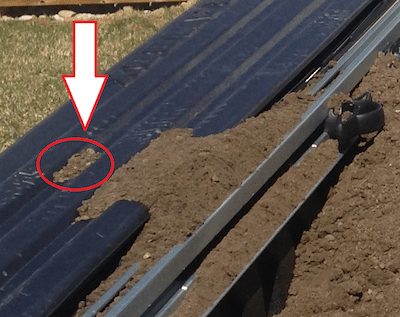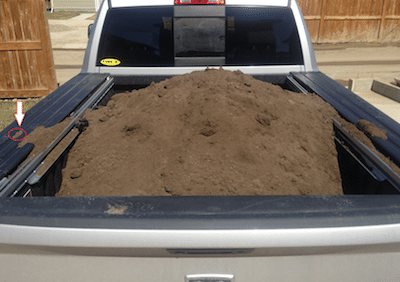

Resistance can lose its effectiveness when repeated cropping of a resistance source selects for individuals within a pathogen population that are virulent on that resistance. Initially, these new pathogen strains are very rare but then increase by being able to attack the “resistant” genotypes.
These few individuals with these new virulence traits can therefore infect “resistant” plants, create galls and build up relatively quickly to create a new pathotype population. Within a few canola rotations — particularly if those rotations have canola every other year and are the same variety with the same genetic resistance source — the clubroot resistance trait will lose its effectiveness.
In fields with high levels of clubroot, there will be many billions of Plasmodiophora brassicae resting spores in the soil. The more spores, the greater chance of there being rare pathogen strains that can attack resistant genotypes.
The weed analogy. Herbicide-resistant weed populations build up the same way. If there are thousands of wild oat plants in a field, there will be a population of individuals possessing a variety of mutations. Eventually, there will be a mutation in some individual weeds that confers resistance to Group 1 herbicide, for example. That resistant seed will form a plant that produces more resistant seeds. If that field is receiving Group 1 herbicide over and over, then what started as one resistant wild oat plant will form a population of Group-1 resistant wild oats that spreads throughout the field and farm.
The same selection process has happened with wheat rust, soybean cyst nematode, blackleg in canola and various other crop pests over the years.
In all of these cases, the risk of selecting for resistant pathotypes is proportional to the amount of the pest present. The bigger the population, the more mutations, and the greater likelihood of selecting for individuals with a mutation that can overcome the resistance.
The odds. Suppose a newly infested field has Plasmodiophora brassicae spores at a concentration of 1,000 spores/g of soil, while a highly infested field near Edmonton has one billion spores/g of soil.
If one in a million of these resting spores were capable of overcoming resistance being used on that Edmonton field, then there are 1,000 spores in a gram of soil in a highly infested field that would be capable of accomplishing this breakdown. The next time a grower grew the same clubroot resistance on that same field, there would be enough of these new virulent spores to totally overwhelm that same resistance.
But in fields with low spore levels, perhaps in southern Alberta or in Saskatchewan and Manitoba, finding spores capable of overcoming resistance in that gram of soil is less likely. One would need 1,000 g of soil just to find one virulent spore, versus 1,000 spores in one gram of infested soil. That’s a million-fold difference.
Therefore, clubroot resistant varieties grown in these low incidence areas would not face a significant risk of being overcome. And if there is no P. brassicae in the field at all, then resistance will not be eroded since there is nothing there to overcome that resistance.
Growing resistant varieties in areas with low levels of clubroot is a good way to keep clubroot levels low. Waiting until clubroot levels get high before using a resistant variety puts the resistance traits at a much greater risk.

